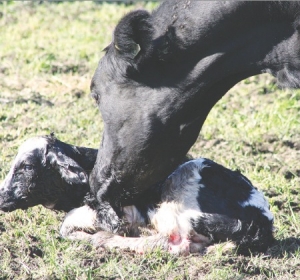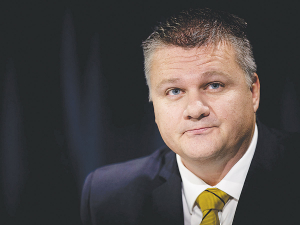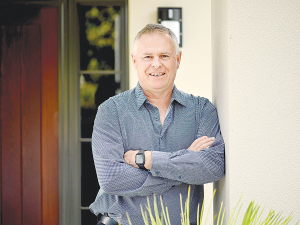Warrnambool Veterinary Clinic were sponsored by Zoetis (formerly Pfizer Animal Health) to research 19 western Victoria dairy herds. Done in 2011-12, it involved 1751 head of cattle and compared protocols for the treatment of non-cycling (anoestrus) dairy cows.
The objectives of the trial were to generate Australian specific data on the treatment of non-cycling dairy cows and review the benefits of using a CIDR device in these cows. CIDR cattle devices are administered vaginally and contain the natural hormone progesterone.
Dr Jon Kelly, lead researcher from Warrnambool Veterinary Clinic, ran the six-month project to generate specific advice for farmers when dealing with their non-cycling cows.
“Our research has confirmed that the addition of a CIDR into an OvSynch program improves the first conception rate by almost 50% over Ovsynch alone,” says Kelly. “These results were particularly apparent in younger cattle.”
Even with the addition of CIDR into the program, the cost per CIDR pregnancy versus an Ovsynch pregnancy is reduced by at least $30, because more calves are conceived.
A programme including a CIDR was found to deliver a first service conception rate equivalent to the remainder of the herd that cycled naturally, while the Ovsynch treated animals did not perform as well.
Treatment cost, including products and vet expenses for the CIDR based programme, was about $41. However, the gain of additional AI calves with superior genetics and therefore more replacement heifers to choose from, represents a significant opportunity and sound investment.
“CIDR programs are helping to mitigate the financial losses that can burden local producers when their cattle are not cycling, and pregnancies are being gained by back up bulls, not quality AI bulls,” Kelly says.









